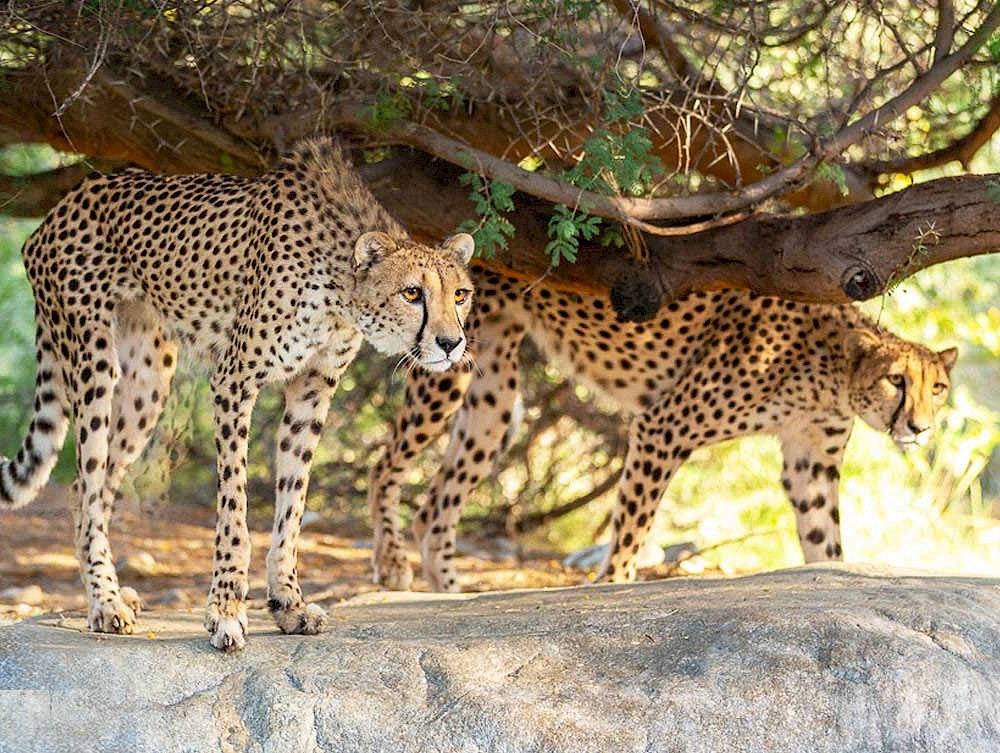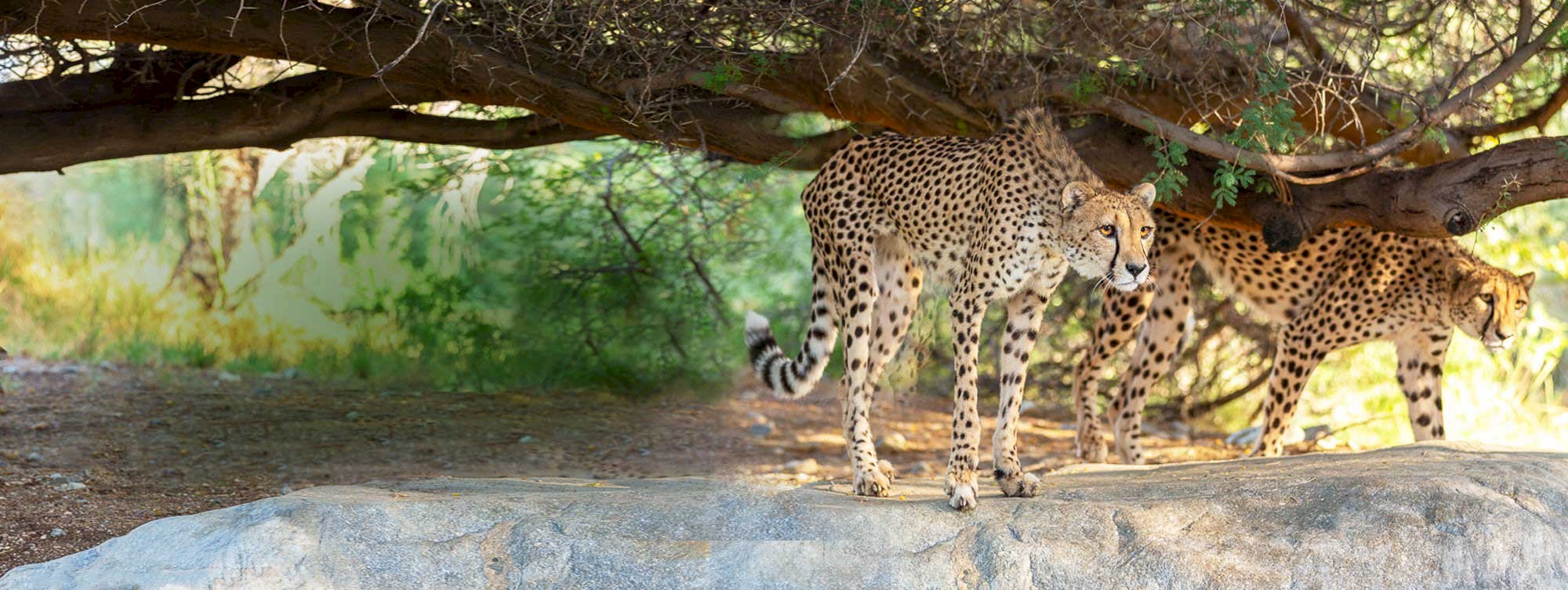Incredible India and the Western Ghats
May 21, 2018
Well, here we go again!
I am away from our beloved facility at The Living Desert Zoo and Gardens on another lengthy trip, this time to Incredible India for a six-week partnership working with the Applied Environmental Research Foundation (AERF). The goal of our Fulbright Program sponsored project is to help improve the conservation capacity among practitioners in this wonderful country to conserve biodiversity in an imperiled landscape here.
The Fulbright Program was started by US Senator J. William Fulbright in 1946 in an effort to provide soft diplomacy with the rest of the world. The Fulbright Program aims to increase mutual understanding between the people of the United States and the people of other countries. Fulbright Specialists are all leaders in their fields from the United States. By working with and learning from our collaborators internationally, we are able to share the many gifts that we have received as a consequence of being Americans with the rest of the world. These in-depth experiences help to promote goodwill with our collaborators and others with whom we meet and work. I feel genuinely honored to have been selected, and even more so that I get to work with AERF in India!
As you may know, India is one of the most biologically diverse countries globally, and is home to an astounding diversity of species, ecosystems, and cultures. More specifically, the escarpment on the western edge of India called the Western Ghats is considered one of the ten hottest Biodiversity Hotspots globally. The Western Ghats (which often seems like a frighteningly precipitous mountain chain as you drive through them!) are not only biologically unique and incredibly diverse, but also as threatened by human activities as any location globally. In the Western Ghats, as much as 37% of all plants are found only there, even though the Western Ghats comprise less than 6% of India. Similarly, 78% of amphibians, 62% of reptiles, 53% of fish, 12% of mammals, and 4% of the birds are also endemic to the Western Ghats, being found nowhere else in the entire world.
Unfortunately the Western Ghats are under extreme threat of deforestation. Although much of the land is steep and mountainous, large patches have been cleared in support of unsustainable tea, coffee, and teak plantations as well as for mining. Erosion and topsoil loss are rampant, exacerbated given that nearly all of the rain falls during the intense four summer months of monsoonal rains. Although much of it has already been despoiled and cleared, reforestation is occurring in the Western Ghats. Forest recovery is concentrated in areas that are either set aside as national biodiversity preserves, but more so in the form of nearly 6,000 smaller patches of Sacred Grove forests that comprise the majority of intact forest cover in the Western Ghats.
The Applied Environmental Research Foundation has been working in the Western Ghats for over two decades and has been globally recognized as an innovative leader in land conservation through community participation and applied research. Most importantly, they have been vocal and effective via their advocacy for the preservation of these Sacred Groves, religiously significant relic forest patches traditionally protected by communities in reverence of a deity or as homes for. Amidst rampant deforestation and land conversion, Sacred Groves form important refuges for forest biodiversity. The state of Maharashtra, where Mumbai is located, has one of the highest concentrations of Sacred Groves in the entire country, so their preservation in the north Western Ghats are crucial for conserving one of the Hottest Biodiversity Hotspots.
AERF asked me to help them create the next generation of Indian conservation leaders by partnering with Technical Colleges in Maharashtra state to improve the skills, knowledge, and leadership of organismal biology students and professors. These Colleges are the main place where interested Indian conservationists receive their training. Creating interest and a desire in this focal community is the main goal for the capacity building and training that I am here to do!
Therefore, for the next 6 weeks, I will be conducting meetings with leading universities in the northern Western Ghats to better understand their needs for conservation implementation and planning. Based on this, I will conduct a series of training events to build capacity among the educators and graduate students who will become the trainers for others in the area. Likely, I will create a series of curricula, based past courses that I have taught at Columbia University and California State University San Marcos, that will be the basis for this ongoing capacity building.
Stay tuned, as I share my experiences traveling all around this amazing landscape and working with the brightest minds in conservation in India to help conserve the Western Ghats. I will take all that I have learned and all that we are doing at The Living Desert and share it with our friends and collaborators here, while also promoting mutual understanding between the people of the United States and India.
It’s going to be a Grand Adventure!









